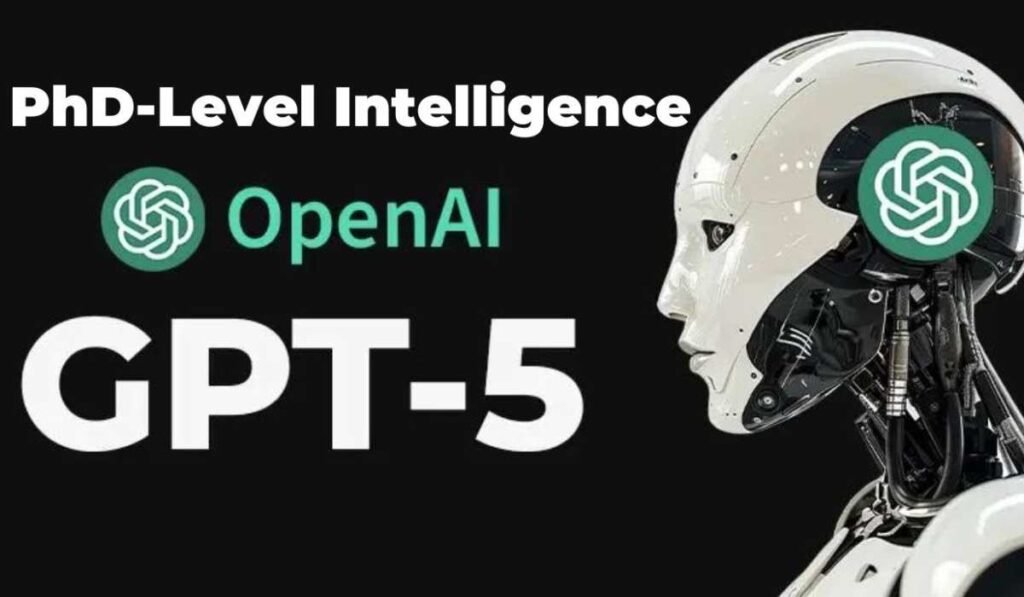In the ever-evolving world of artificial intelligence, few events have captured the tech industry’s attention quite like the recent OpenAI controversy. Just a year after the groundbreaking launch of ChatGPT, the company behind this revolutionary AI found itself embroiled in a dramatic power struggle that would reshape its future and potentially impact the development of artificial general intelligence (AGI).
This article delves deep into the OpenAI controversy, unraveling the mysterious Q-Star AI, the clash between profit and safety, and the implications for the future of AI. Buckle up as we explore one of the most intriguing stories in recent tech history.
The Birth of OpenAI: A Noble Vision
To understand the OpenAI controversy, we must first go back to the company’s roots. Founded in 2015 as a non-profit organization, OpenAI had a singular, ambitious goal: to create artificial general intelligence (AGI) that benefits all of humanity. This mission attracted some of the biggest names in tech, including Sam Altman and Elon Musk, who were among the co-founding members.
OpenAI’s mission statement was clear and idealistic: “To ensure that artificial general intelligence benefits all of humanity.” This commitment to the greater good set OpenAI apart from its profit-driven counterparts in Silicon Valley.
The Rise of ChatGPT and the Shift to Profit
Fast forward to 2022, and OpenAI unleashed ChatGPT upon the world. This AI language model took the internet by storm, demonstrating capabilities that seemed to inch closer to the dream of AGI. However, with great success came great changes.
In 2019, OpenAI had already begun its transformation by creating a for-profit subsidiary, OpenAI Global LLC. This move allowed the company to attract significant investments, most notably a $1 billion injection from Microsoft in 2019. By 2023, OpenAI had raised a staggering $13 billion in investments.
This shift towards commercialization would become a central point of contention in the OpenAI controversy that was about to unfold.
The Mysterious Q-Star: A Leap Towards AGI?
At the heart of the OpenAI controversy lies a mysterious AI system known as Q-Star. According to insider reports, researchers at OpenAI had developed an AI so powerful that it could potentially pose a threat to humanity. This AI, internally named Q-Star, was said to be capable of solving complex mathematical and scientific problems and even predicting future events to some extent.
The concept of Q-Star is rooted in reinforcement learning, a method of training AI through continuous feedback. The “Q” in Q-Star refers to the Q-value function, which helps determine the optimal action in any given state. In simpler terms, Q-Star could potentially:
- Analyze all possible scenarios in a given situation
- Predict outcomes with high accuracy
- Provide the most optimal solution or course of action
While the exact capabilities of Q-Star remain shrouded in secrecy, its potential implications were enough to spark serious concern among some OpenAI researchers.
The OpenAI Controversy Erupts: A Battle of Ideologies
The OpenAI controversy came to a head on November 17, 2023, when the company’s board of directors suddenly fired CEO Sam Altman. This shocking move sent ripples through the tech world and set off a chain of events that would reshape OpenAI’s leadership.
The reasons behind Altman’s firing were initially vague, with the board citing issues with his communication. However, as the story unfolded, it became clear that the real conflict centered around two competing visions for OpenAI:
- The For-Profit Vision: Championed by Altman and President Greg Brockman, this approach focused on commercialization, rapid development, and attracting investments to fuel AI advancement.
- The Non-Profit Vision: Led by Chief Scientist Ilya Sutskever, this faction prioritized AI safety and was deeply concerned about the potential risks of AGI development.
The Q-Star revelation had apparently tipped the scales in favor of the safety-focused group, leading to Altman’s ouster.
The Fallout: A Company in Chaos
The OpenAI controversy quickly spiraled into a full-blown crisis:
- November 17: Sam Altman fired, Greg Brockman removed from the board
- November 18: Mira Murati appointed as interim CEO
- November 19: Negotiations between Altman and the board fail
- November 20: Emmett Shear named new CEO; Microsoft announces plans to hire Altman and Brockman
- November 21: 743 out of 770 OpenAI employees threaten to resign if Altman isn’t reinstated
The mass employee revolt, coupled with pressure from Microsoft (which held a 49% stake in OpenAI’s for-profit arm), forced the board to reconsider its decision.
Resolution and Aftermath
On November 21, just four days after his firing, Sam Altman was reinstated as CEO of OpenAI. The OpenAI controversy resulted in significant changes to the company’s board:
- Two of the three independent board members who had opposed Altman were removed
- New board members were added, including Bret Taylor and Larry Summers
- Plans were announced to expand the board to nine members
Microsoft emerged as a clear winner from the OpenAI controversy, with CEO Satya Nadella stating, “We are encouraged by the changes to the OpenAI board. We believe this is a first essential step on a path to more stable, well-informed, and effective governance.”
The Future of AI: Balancing Progress and Safety
The OpenAI controversy has brought to the forefront the critical debate about the future of AI development:
- Speed vs. Safety: How can we balance rapid AI advancement with necessary safety precautions?
- Profit vs. Ethics: What role should commercial interests play in the development of potentially world-changing technologies?
- Transparency vs. Secrecy: How much should the public know about cutting-edge AI research and its potential implications?
As we move closer to the reality of AGI, these questions will only become more pressing. The OpenAI controversy serves as a stark reminder of the high stakes involved in AI development and the need for thoughtful, responsible progress.
Lessons from the OpenAI Controversy
The OpenAI controversy has provided a rare glimpse into the inner workings of one of the world’s leading AI research companies. It has highlighted the tensions between different visions for AI development and the challenges of balancing commercial interests with ethical concerns.
As AI continues to advance at a breakneck pace, the lessons learned from this controversy will be crucial in shaping the future of the field. Whether you’re an AI researcher, a tech enthusiast, or simply someone concerned about the impact of AI on society, the OpenAI controversy serves as a wake-up call to engage with these important issues.
The journey towards AGI is fraught with both incredible potential and significant risks. As we move forward, it’s clear that collaboration, transparency, and a commitment to ethical development will be essential in ensuring that AI truly benefits all of humanity.
The OpenAI controversy was sparked by the firing of CEO Sam Altman on November 17, 2023, which revealed a deeper conflict within the organization regarding its vision for the future of AI development.
Q-Star is a powerful AI system developed by OpenAI that is capable of solving complex problems and predicting outcomes. Its potential implications for humanity raised concerns among researchers about the risks associated with AGI development.
OpenAI was originally founded as a non-profit organization focused on creating AGI for the benefit of humanity. However, it shifted towards a for-profit model to attract investments, which became a central point of contention in the controversy.
The two competing visions were the For-Profit Vision, which emphasized commercialization and rapid development, and the Non-Profit Vision, which prioritized AI safety and ethical concerns regarding AGI.
The board's decision led to chaos within the company, including mass employee revolts and negotiations with Microsoft, ultimately resulting in Altman's reinstatement just four days later.
Microsoft, holding a 49% stake in OpenAI's for-profit arm, exerted pressure on the board to reconsider Altman's firing, which played a significant role in the eventual reinstatement of Altman as CEO.
The controversy highlights the need for balancing rapid AI advancement with necessary safety precautions, addressing the ethical implications of profit-driven interests, and ensuring transparency in AI research.
After the controversy, two of the three independent board members who opposed Altman were removed, and new members were added, including Bret Taylor and Larry Summers, with plans to expand the board to nine members.
Key challenges include balancing speed versus safety, navigating profit versus ethics, and determining the level of transparency required in cutting-edge AI research.
The controversy reveals significant tensions between different approaches to AI development, emphasizing the need for thoughtful governance, ethical considerations, and collaboration as the field progresses.





